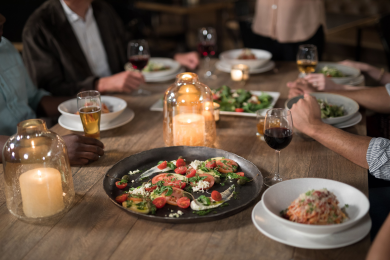Both restaurants and food companies care about what customers think. Customers don’t necessarily keep track of brands that make their food, but their choices affect both businesses.Restaurants are more likely to worry about pleasing customers right away. They see customers face-to-face and can fix problems quickly, like adding salt or remaking a dish. Food companies take longer to get feedback and can’t fix things as easily.
I like to think of restaurants in three groups: places I want to go back to, places I would go back to, and places I don’t want to go back to. Everyone feels this way after eating out. When you’re responsible for food on store shelves, it’s similar. Customers judge your products, and unlike restaurants, you don’t always get a second chance. A bad experience at a restaurant might mean you and your friends avoid it, but a bad product could make you avoid the entire brand.
Customers consider many things when choosing food: taste, price, looks, how it’s served, size, healthfulness, and more. This all adds up in their minds. Another difference is that one bad product can hurt sales of other things from the same company. So, when launching a new food item, think about how customers will react and what category it might fall into. And ultimately always keep in mind where do you want your brand to be. Aim to the places “I want to go back to.” Furthermore, my personal experience has taught me that when you go twice to places “you would go back to” they end up becoming places “you don’t want to go back to.”

